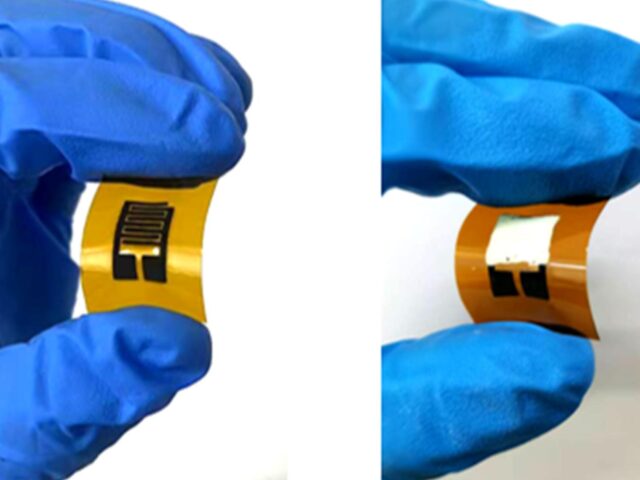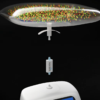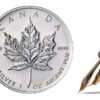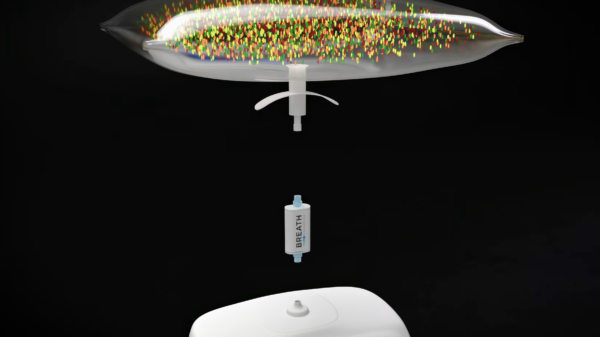Breath analysis technology has now proved its worth for diagnosing diabetes and pre-diabetes in a more convenient and inexpensive manner than previously available methods.
Last week, a team of researchers from Penn State University revealed that they have successfully developed a sensor device that can provide accurate results by just getting patients to breathe into a bag.
It works by detecting elevated levels of acetone present in the breath of those with the disease and syndrome. As explained by Penn State, diabetic and pre-diabetic individuals have a concentration above 1.8 parts per million.
This technique differs from conventional diagnostics tools that examine glucose in sweat and blood.
“This sensor only requires that you exhale into a bag, dip the sensor in and wait a few minutes for results,” explained lead researcher Huanyu “Larry” Cheng.
Cheng’s team recently published a study on the newly developed device in the Chemical Engineering Journal. They received backing for their work from the American National Institutes of Health and National Science Foundation.
“The acetone gas sensor can accurately detect acetone in the highly humid environments such as the exhaled breath,” they explained in the paper, “and differentiate diabetic patients from healthy individuals for early diagnostics and treatment evaluations.”
The finer details of how it works are highly technical.

The new sensor. Photo credit: Penn State
Read more: Breath Diagnostics leader speaks at lung cancer education event in Louisville
Breath testing is a new frontier in disease detection
Diabetes is not the only condition that can be detected by simply breathing into a bag thanks to new medtech innovation.
One American company, Breath Diagnostics, has extensively evaluated an efficacious breath analysis system used to help diagnose lung cancer. Like the graphene-based sensor pioneered by Cheng and his research team, its OneBreath apparatus will provide highly accurate results within a matter of minutes.
Investors currently have the opportunity to obtain a stake in Breath Diagnostics. They must purchase a minimum of 167 shares, spending US$501 or more.
Recently developed breath screening tools have also been demonstrating the ability to pinpoint other varieties of cancer. Breathe BioMedical is one notable medical device creator that has been having success with detecting breast cancer with one of these gadgets.
Additionally, Owlstone Medical has been using a Breath Biopsy platform to spot liver disease while other global innovators like Menssana Research, Syft Technologies and Fossiliontech have been utilizing breath screening tools for various illnesses.
Read more: Breath Diagnostics takes aim at lung cancer with One Breath
Follow Rowan Dunne on LinkedIn
rowan@mugglehead.com












